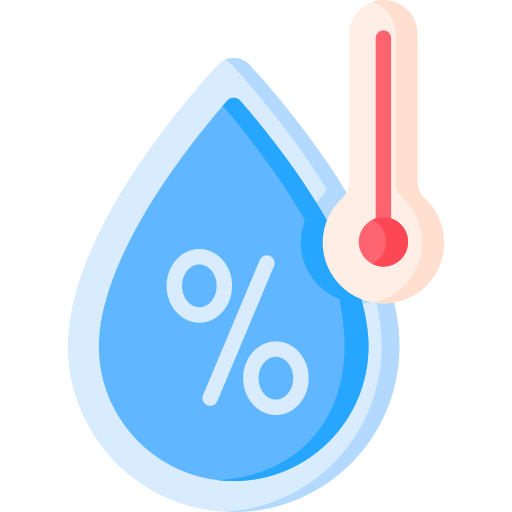Yerevan - Introduction

About Yerevan
Yerevan (UK: YERR-ə-VAN, US: , -VAHN; Armenian: Երևան [jɛɾɛˈvɑn] ; sometimes spelled Erevan) is the capital and largest city of Armenia, as well as one of the world's oldest continuously inhabited cities. Situated along the Hrazdan River, Yerevan is the administrative, cultural, and industrial center of the country, as its primate city. It has been the capital since 1918, the fourteenth in the history of Armenia and the seventh located in or around the Ararat Plain. The city also serves as the seat of the Araratian Pontifical Diocese, which is the largest diocese of the Armenian Apostolic Church and one of the oldest dioceses in the world.
The history of Yerevan dates back to the 8th century BC, with the founding of the fortress of Erebuni in 782 BC by King Argishti I of Urartu at the western extreme of the Ararat Plain. Erebuni was "designed as a great administrative and religious centre, a fully royal capital." By the late ancient Armenian Kingdom, new capital cities were established and Yerevan declined in importance. The city was mostly depopulated by the Great Surgun of 1603–05, when the Safavid Empire forcibly deported hundreds of thousands of Armenians to Iran. In 1679, the city was mostly destroyed by an earthquake, and then rebuilt on a smaller scale. In 1828, Yerevan became part of the Russian Empire, which led to the repatriation of Armenians whose ancestors had been forcibly relocated in the 17th century. After World War I, Yerevan became the capital of the First Republic of Armenia as thousands of survivors of the Armenian genocide in the Ottoman Empire arrived in the area. The city expanded rapidly during the 20th century while Armenia was a part of the Soviet Union. In a few decades, Yerevan was transformed from a provincial town within the Russian Empire to Armenia's principal cultural, artistic, and industrial center, as well as becoming the seat of national government.
With the growth of the Armenian economy, Yerevan has undergone major transformation. Much construction has been done throughout the city since the early 2000s, and retail outlets such as restaurants, shops, and street cafés, which were rare during Soviet times, have multiplied. As of 2011, the population of Yerevan was 1,060,138, just over 35% of Armenia's total population. According to the official estimate of 2022, the current population of the city is 1,092,800. Yerevan was named the 2012 World Book Capital by UNESCO. Yerevan is an associate member of Eurocities.
Of the notable landmarks of Yerevan, Erebuni Fortress is considered to be the birthplace of the city, the Katoghike Tsiranavor church is the oldest surviving church of Yerevan, and Saint Gregory Cathedral is the largest Armenian cathedral in the world. Tsitsernakaberd is the official memorial to the victims of the Armenian genocide. The city is home to several opera houses, theatres, museums, libraries, and other cultural institutions. Yerevan Opera Theatre is the main spectacle hall of the Armenian capital, the National Gallery of Armenia is the largest art museum in Armenia and shares a building with the History Museum of Armenia, and the Matenadaran contains one of the largest depositories of ancient books and manuscripts in the world.
Yerevan Current Weather
Yerevan, Armenia
2024-09-15 13:32
Partly cloudy
26.2°C
| Parameter | Value |
|---|---|
Wind 
|
3.6 km/h |
Pressure 
|
1012 mb |
Humidity 
|
28% |
Visibility 
|
10 km |
UV Index 
|
7 |
Precip 
|
0 |